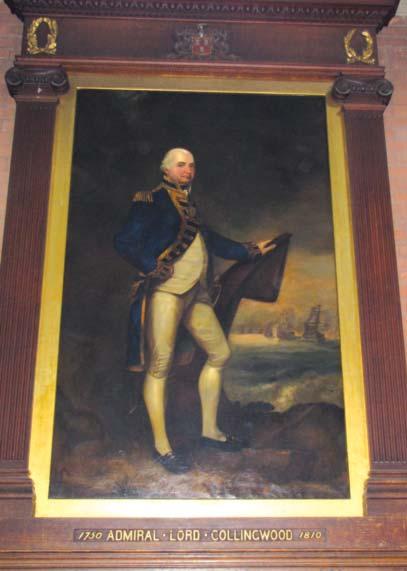
2 minute read
Scott returns to the Antarctic
from ONA 83
HMS Scott recently returned to Antarctica for her second season amongst the ice. On board was Old Novo and Executive Officer, Lieutenant Commander Phillip Newell (81-86)
On her way to the Antarctic, Scott met up with HMS Gloucester alongside in Mare Harbour, Falklands. Like all Matelots away from home, the first thought on everyone’s minds was a sporting encounter. Despite having a third of the crew of Gloucester, Scott put up a spirited soccer challenge ending up winning 2-1.
Advertisement
HMS Scott spent the Austral summer conducting work on behalf of the British Foreign and Commonwealth Office, United Kingdom Hydrographic Office and the British Antarctic Survey in and around the Antarctic Peninsula.
Whether it is inspection of fishing vessels, Antarctic research stations or unique areas of scientific interest, Scott was enforcing and observing the stringent environmental protective measures of the Antarctic Treaty. This helps to ensure that the pristine nature of Antarctica is maintained for generations to come. Scott will continue her deep water survey work, mapping the Antarctic Seas to ensure safe passage for the plethora of cruise ships that are now visiting the region. The Ice Patrol Ship deployment is a privileged step change from Scott’s usual tasking of ocean survey. The capabilities of the ship allow a variety of alternative activities that are complementary to the work that has been previously undertaken by HMS Endurance. With safety of life paramount in these remote waters, our survey work will ensure that tourists can safely visit the pristine environment and witness the abundance of wildlife.
HMS Scott is the Royal Navy’s deepwater Ocean Survey Vessel (OSV) and is the fifth largest vessel in the Fleet, at 13,500 tons. Her size is a consequence of her unique sonar fit, capable of surveying the deepest oceans in continuous lines of up to 400 miles in length. She was commissioned in 1997. The full ship’s crew is 78, however, the crew rotation system means 52 are onboard at any one time during a standard 35 day operational cycle and the remainder of the crew take leave.
The ship is in the South Atlantic because of the UK’s long-term strategic, scientific, environmental and sustainable resource management interests in the Antarctic, South Georgia, South Sandwich Islands, and the wider area. The UK protects these interests, and the nation’s sovereignty, by taking a leading role in the Antarctic Treaty System through a policy of presence, governance, and commitment to deliver the UK’s international obligations.
HMS Scott is named after Captain Robert Scott. 2011 marks the centenary of Captain Scott’s fateful expedition to the frozen continent of Antarctic. After sailing from Cardiff on 15 Jun 1910 onboard Terra Nova, the expedition reached the pole but sadly on 29 March 1912, Captain Scott and his four man party perished as they tried to return to safety.
Phillip Newell (81-86)









